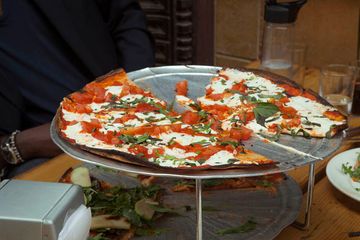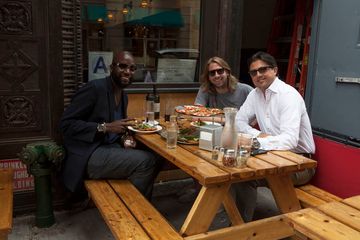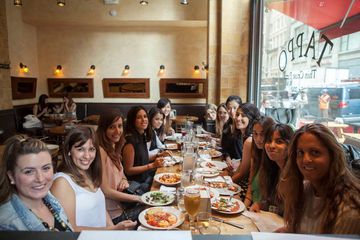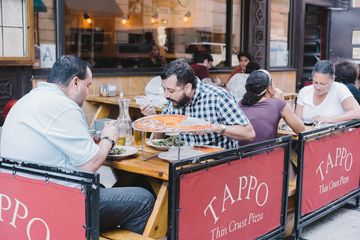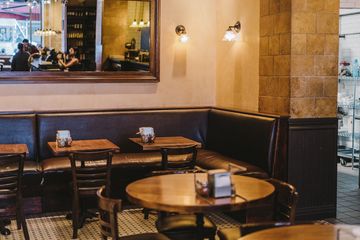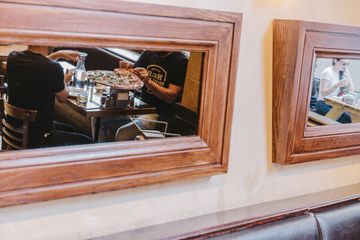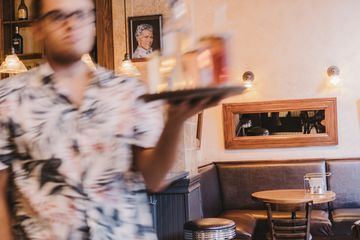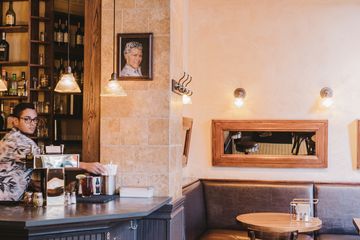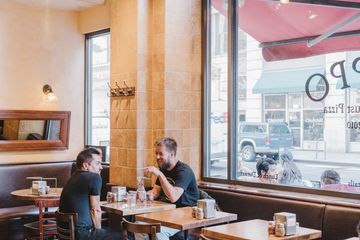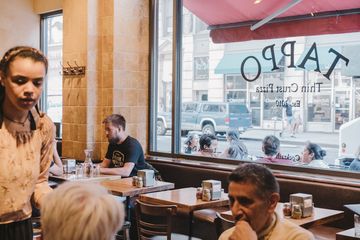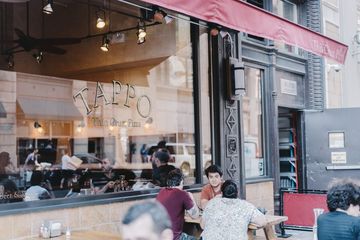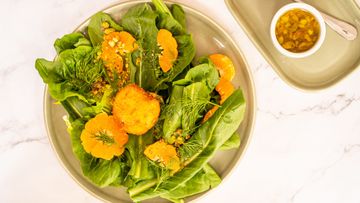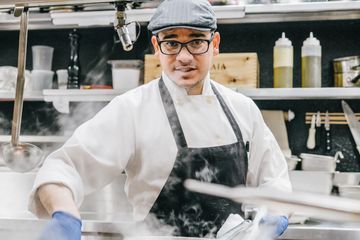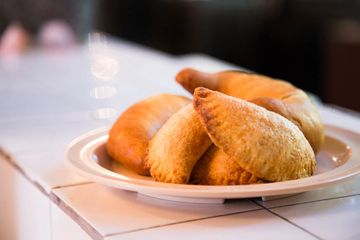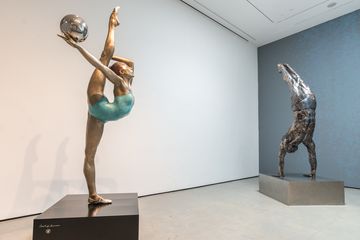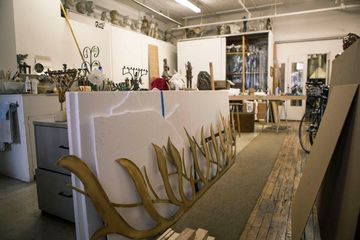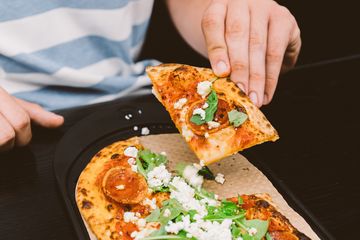To his knowledge, David Klass is Manhattan's last sculptor. At least, the last sculptor to have a large private studio in New York’s most expensive borough. His work space is fabulously cluttered with tools, busts, tables, drawers, dust, and splattered plaster. Horses, humans, and Judaica abound. David showed me the brass menorah he was working on, saying, “I’m having trouble with these pits and holes. " Rubbing his finger over a pock mark, he continued, “I think I’ll have to do this again. ” I was prepared to poke around the studio but David had other plans. He led me around the corner to a large room with couches, book shelves, and an open kitchen. “Welcome to my home. ”I discovered over the course of my visit that David Klass is the sort of man who is far more mischievous than he appears. He walks slowly, speaks softly, and gives the impression that he would rather be alone, smoothing the imperfections out of his latest creation, so one would never guess that he has a penchant for fast cars, blow torches, and dissecting human bodies. David’s reputation for crafting objects pertaining to the Jewish faith is well known, and he takes commissions from temples across the country. When I mentioned that he had entered into a long tradition, creating pieces that throughout history have been defaced and destroyed, he replied, “I don’t think too much about that stuff. What’s nice for me is shaping something like an abstract Sanctuary Lamp. That’s when the difference between making ‘things’ and making ‘art, ’ or the difference between ‘applied art’ and ‘fine art, ’ shrinks. ”A moment later, a woman entered the apartment accompanied by three small dogs: Tank, Boo and Nuttley. C. C. the cat also joined us. “I’m Naomi, ” the woman smiled, “I’m his third wife. ” “C. C. stands for crazy cat, ” David said. “No, it does not, ” said Naomi, “It stands for Cecile. ”Naomi, I learned, was a longtime friend of David’s. “I introduced him to his second wife. When that didn’t work out, well, I stepped in. ” With Naomi's entrance, the conversation began to pick up. Naomi proved to be quite practiced at eliciting information from her husband, often prompting him to share interesting tidbits that he had forgotten. “I fell into sculpture because of my love of cars and motorcycles. When I went to college at the Pratt Institute, my father said I should be an architect because I was always building things like treehouses when I was little kid. Art was not on my mind. One semester I took a welding class on a whim, mostly so I could rebuild my Austin-Healey. I found that I loved shaping metal; I loved the heat. I liked it so much I switched to art school. ” Klass would go on to apprentice with Theodore Roszak (the artist, not the theorist) before striking out on his own. I referenced the fact that in 1973, David studied anatomy at the Columbia College of Physicians and Surgeons. It turns out that this is not strictly true. “My friend Elliott and I wanted to study the human form, as artists, and we knew about the General Studies program at the med school. So we just crashed it. We would walk in, put on lab coats and greet everyone, saying 'Hello doctor, how are you doctor? ' Then we would observe dissections, simple as that. After, we sometimes had the bodies to ourselves. They didn’t let us cut, ” he assured me, “Just manipulate and probe. You could do those things back then. ”Today, David teaches anatomy at the New York Academy of Art. “Tell him about the device you invented, ” Naomi prompted. “Well, ” David said, “I created this contraption that allows me to affix a head with a pin in each ear. This way the corpse can be hung and stabilized in a vertical manner. It makes for a more effective class demonstration. ”In 1980, David moved to his current building. He and Naomi expressed multiple times how sad they were that artists could not afford to live in the neighborhood today: “Tadaaki Kuwayama lives upstairs, but there is hardly anyone left from the old days. Now it is mostly stock brokers and attorneys. ” The “old days” refers to a time when the area was populated by war vets on meth. It refers to establishments like Billy’s Topless bar and people with names like “Crazy Norman. ” Some of what David was up to during those days is off the record, but what I can say is that he started the Chelsea School of Fine Arts. Twenty-five years later people still gather at his studio to sketch and take lessons in what may be the longest running life-drawing group in the city. I heard about some of David’s apprentices, such as Lee Ranaldo of the band Sonic Youth, as well as “a young man who listened to Rush Limbaugh on the radio every day and then just stopped showing up. He disappeared along with several bronzes. ”As David eyes retirement, he would like to be “more art-focused versus 'making things'-focused, ” but he is always happy to work whether it be a commission for a Synagogue in Texas or a project for someone down the block who needs the expertise of a master welder. As for future projects, David is currently working in pastels. He also has a massive piece of marble covered by a tarp in the back courtyard. “I may decide to chip away at it one day, ” he said. When I made my exit, I looked over my shoulder to see David walking back to the solitude of his studio - or he may have been returning to the love and company of his cat, three dogs, and wife.
